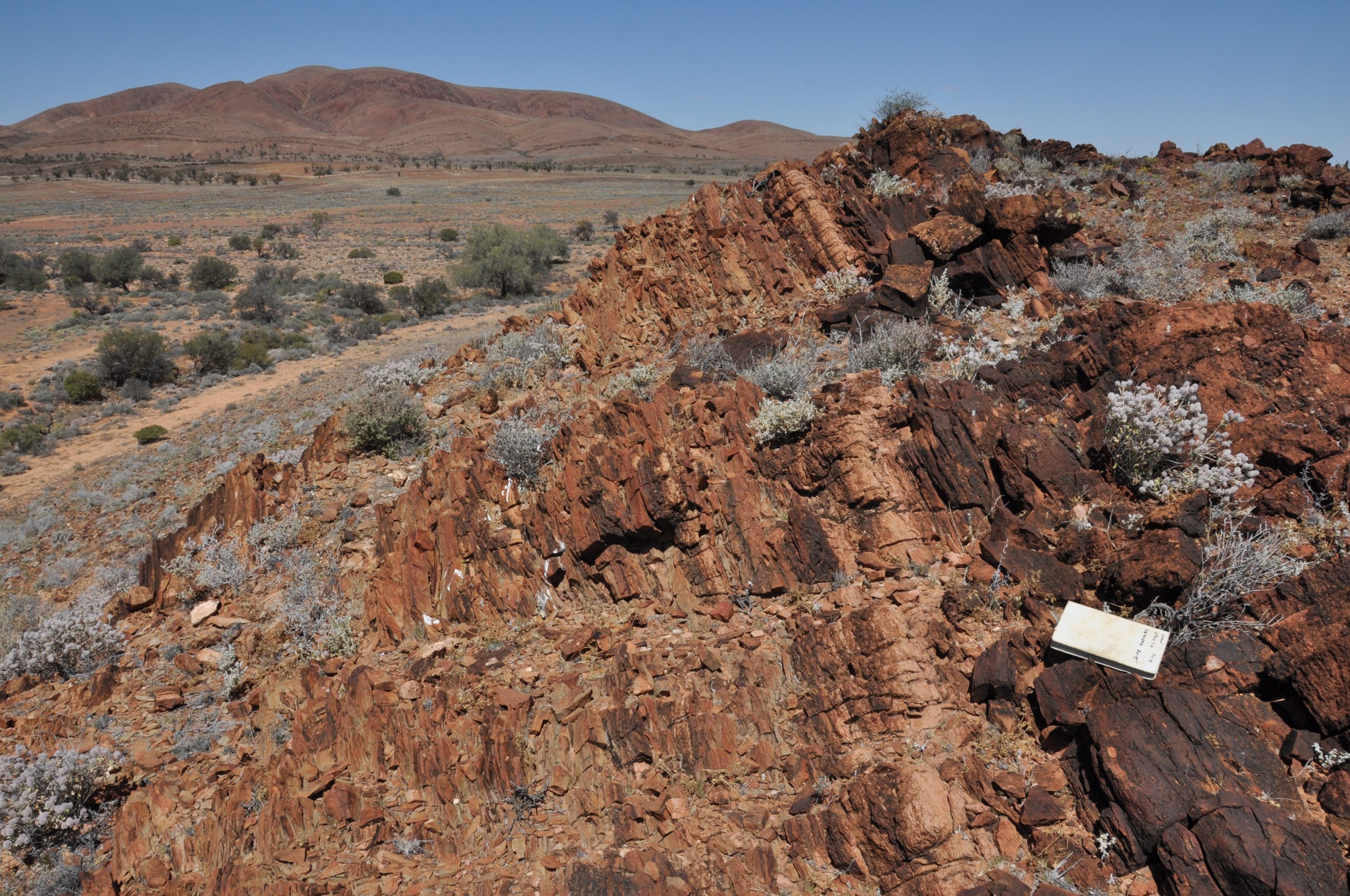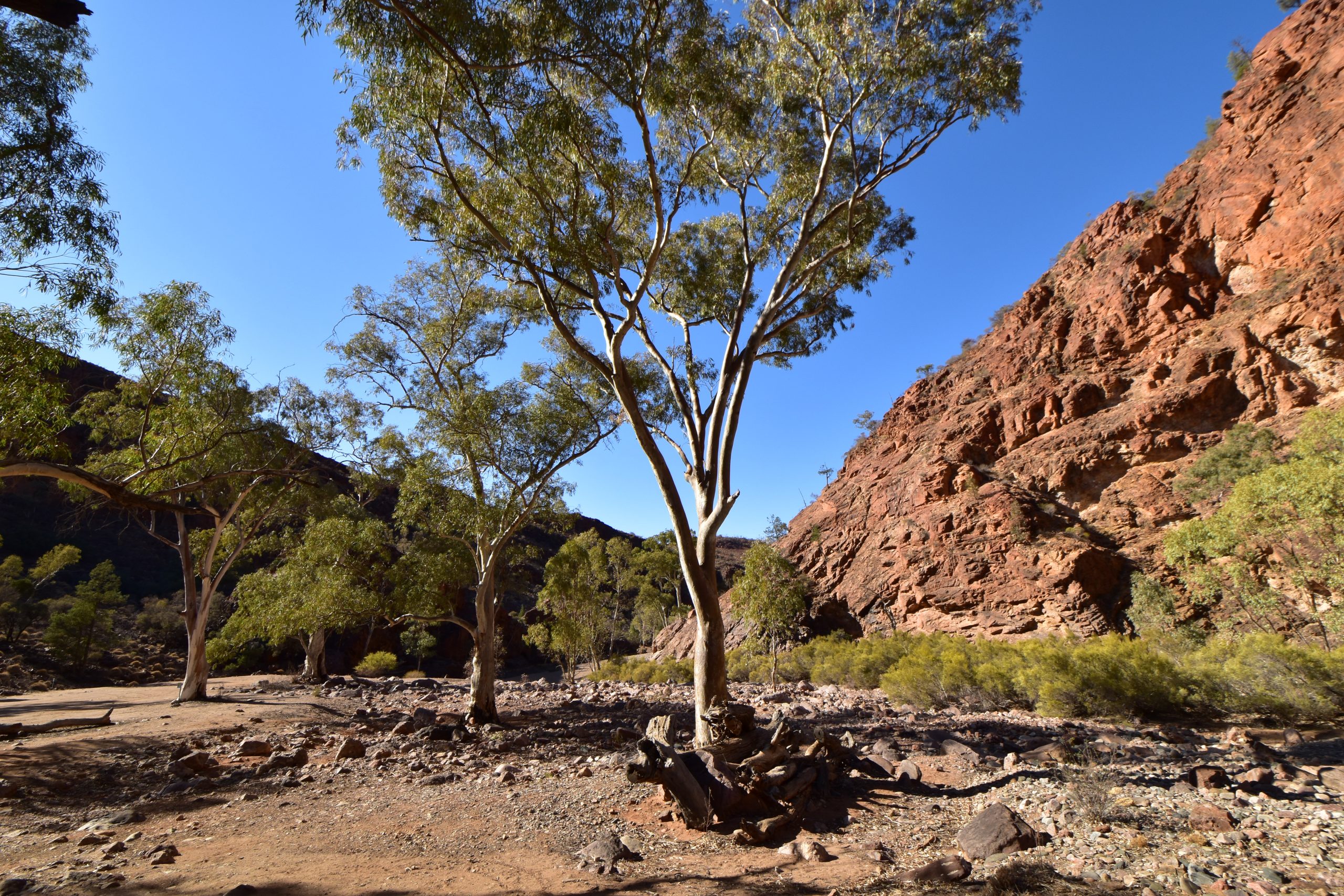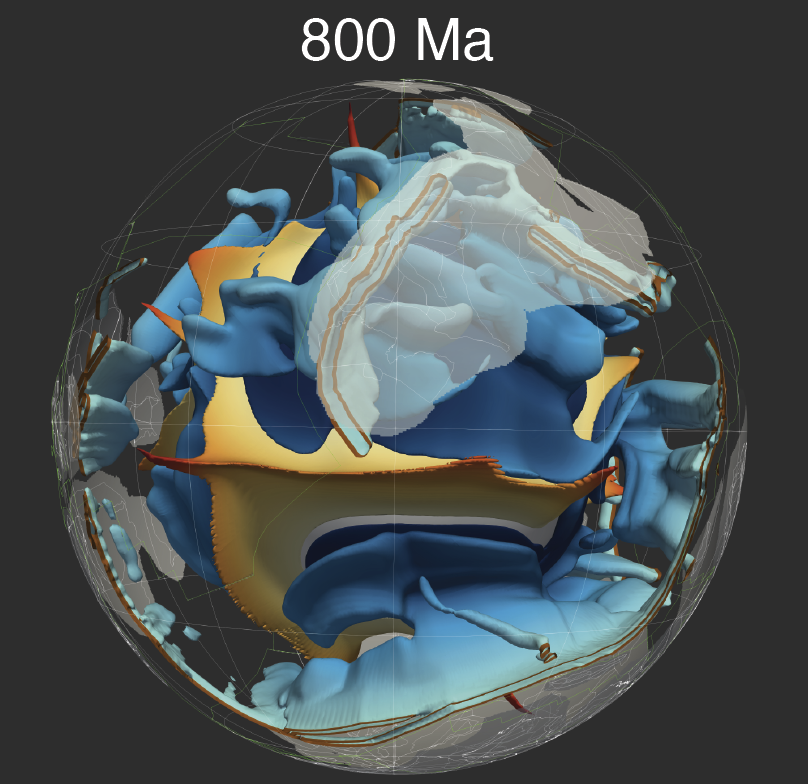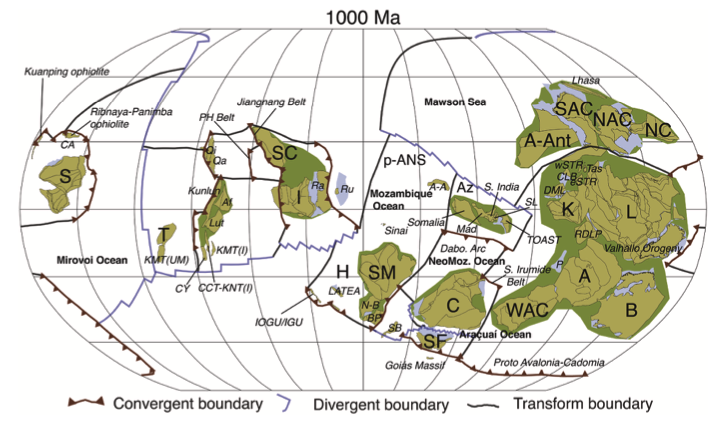AuScope News: EarthByters unveil Ice Age secrets
Notebook resting on an Ice Age or the transition from the Tonian Skillogallee and Myrtle Springs Formations to the overlying Cryogenian Sturt Formation (Sturt Glaciation, marked by the notebook) in the Willouran Ranges, Adnyamathanha Country, South Australia. Image: Alan Collins ARC Future Fellow Dr Adriana Dutkiewicz from the EarthByte Group and colleagues have used NCRIS … Read more…







